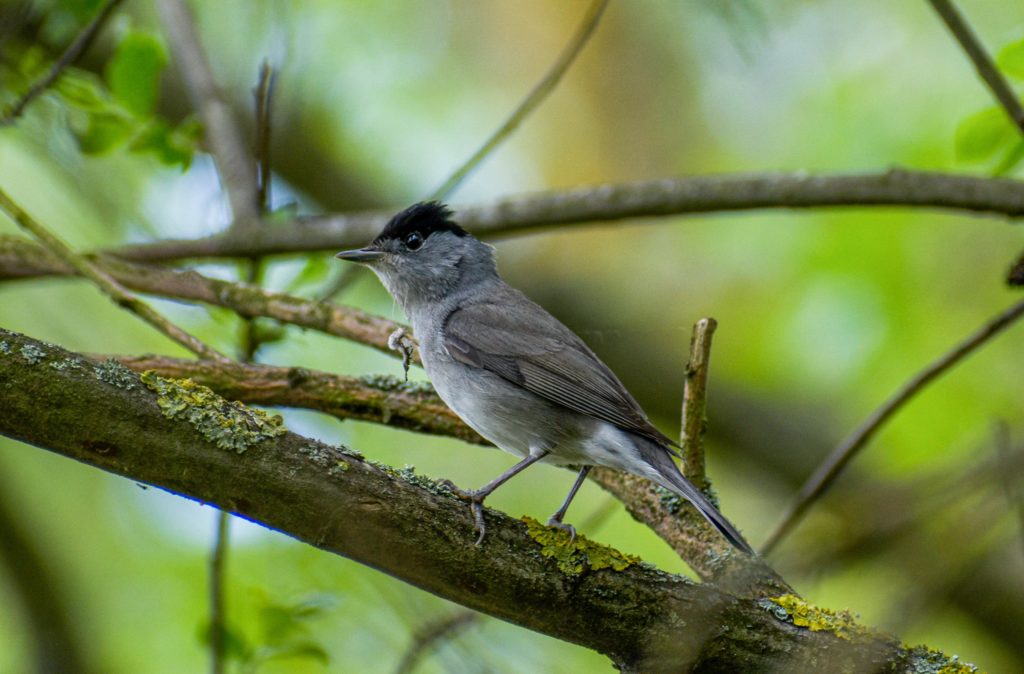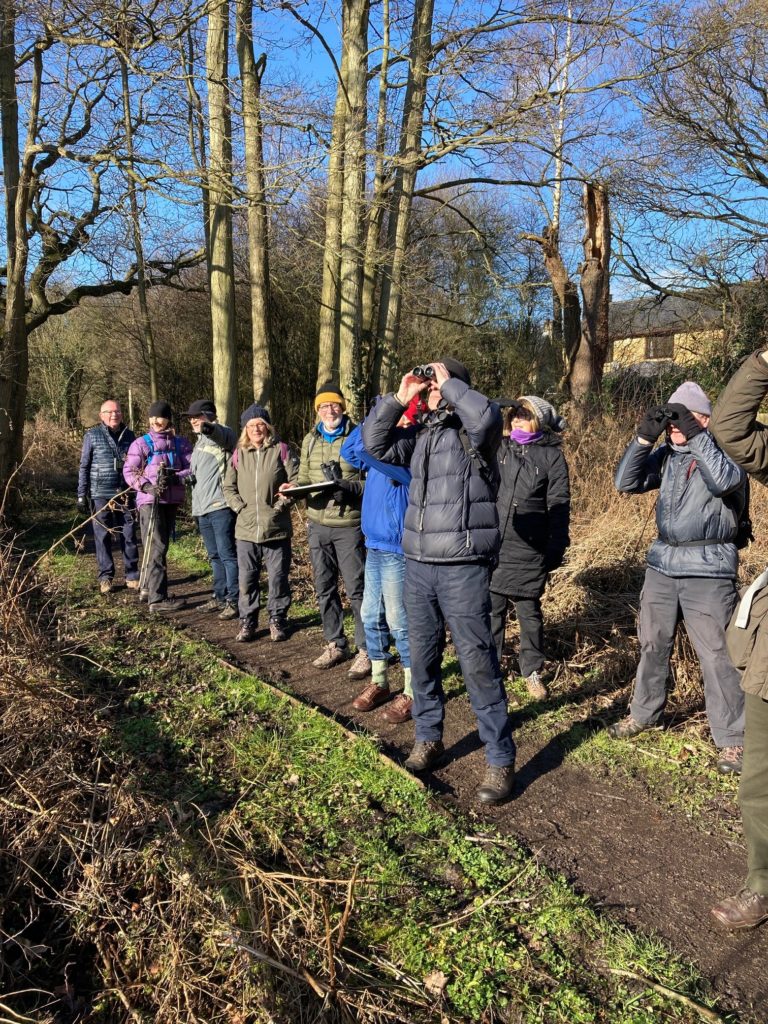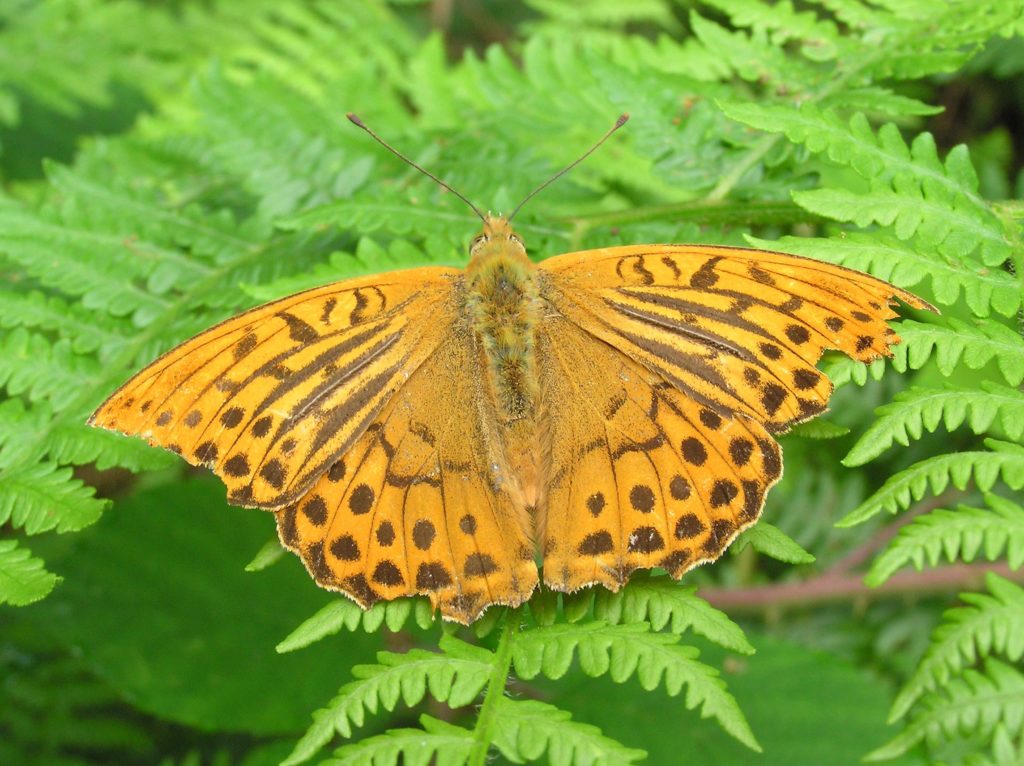The winter bird survey took place on 14th January 2023. A total of 36 different bird species were observed during the walk from St Mary Magdalene Church on Moor Lane, through the Marsh and then along Moor Lane. We then crossed Harewood Road and walked along by the river, up Fitts Lane and back into the village.
Bird species observed
| Blackcap | Wren |
| Goldcrest | Robin |
| Greenfinch | Goldfinch |
| Bullfinch | House Sparrow |
| Dunnock | Starling |
| Blackbird | Song Thrush |
| Redwing | Fieldfare |
| Blue Tit | Great Tit |
| Long-tailed Tit | Willow/Marsh Tit |
| Magpie | Jackdaw |
| Rook | Crow |
| Pheasant | Red Kite |
| Sparrowhawk | Buzzard |
| Wood Pigeon | Rock/Feral Dove |
| Greater-spotted Woodpecker | Heron |
| Greylag Goose | Canada Goose |
| Mallard | Black-headed Gull |
| Herring Gull | Cormorant |


















